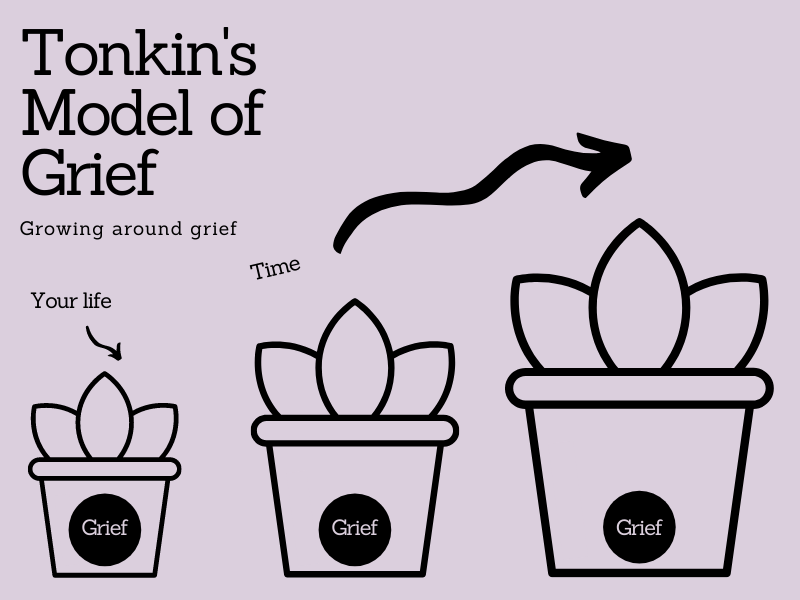Arranging a funeral can be overwhelming for family members. It may only be afterwards that feelings of grief become clear.
The grief we feel after a bereavement is a very personal thing. After we lose someone close to us we experience a whole range of emotions often referred to as the five stages of grief; from denial and anger through bargaining, depression and, finally, acceptance.
For most people, the most intense feelings of grief lessen overtime and it can become easier to live with the loss. Sometimes, grief can seem overwhelming and we may need support from specialist organisations. But for everyone, grief can be hard to talk about, leaving people feeling isolated and confused about how they’re ‘progressing’.
The reality is that even people who are moving forward in their lives can return to dealing with periods of staggering emotions from time to time. For someone grieving, this back-and-forth of emotion can be distressing with the expectation that you should be ‘getting better’ weighing heavily.
Tonkin's Model of grief
Bereavement counsellor Lois Tonkin recognised the distress caused by this pressure to make progress and has sought to develop a model that will help people to understand fluctuating feelings of grief better. It is known as ‘Growing around grief’.
Tonkin wrote that most theories of grief focus on a series of stages ending with some type of resolution. While many people do see their experience of grief in terms of the five stages model, not everyone does. A significant minority told Tonkin that, although they were moving on in their lives, their pain was sometimes just as bad as ever.
“What concerned me was the people I talked to who told me that their grief certainly did not end in the way I thought it should,” she explained.
In one of her workshops, a mother whose child had died years earlier explained to Tonkin the difference between how she thought her grief would be and how it actually was. The mother said that she accepted that, at first, her grief was all-consuming, but that she thought that over time it would shrink to become a smaller part of her life. The reality was that it stayed the same and her life grew around it.

Source: Cruse Bereavement Care
The image above is a recent interpretation of the model of grief Tonkin developed from her conversations, created by bereavement charity Cruse to illustrate the concept of ‘growing around grief’. The theory rests on the idea that there will be times when we feel our grief as intensely as when we were first bereaved. At other times, we will be able to feel that we’re living in the space outside our grief.
This way of looking at grief doesn’t tell people that their grief will end. Instead, it suggests that grief may not disappear completely. It acknowledges the continuation of feelings of grief while giving hope that there will be times when a bereaved person can move forward in other areas of their life.
At the core of the ‘growing around grief’ model is the suggestion that over time, although your grief will stay much the same, your life will begin to grow around it. You will have new experiences, meet new people, and begin to find moments of enjoyment.
A common visualisation of the ‘growing around grief’ model pictures a ball inside a series of jars. The ball represents grief and at first fills the whole space inside the jar. The jars pictured become progressively bigger, representing growing life experience. The ball, however, stays the same size, acknowledging that while it remains a constant, it may not take up as much space as it once did.
Research and observation
Tonkin's model of grief is based on research and observation and is intended to provide a helpful understanding of the grieving process. It is not intended to be a one-size-fits-all explanation of grief, and it is not applicable to every person or every situation.
However, this approach can also help people who feel guilty about moving forward with their lives, fearing it may somehow betray the memory of their lost loved one. The ‘growing around grief’ model shows how we can still grieve the loss of our loved ones while building a new life around our loss.







